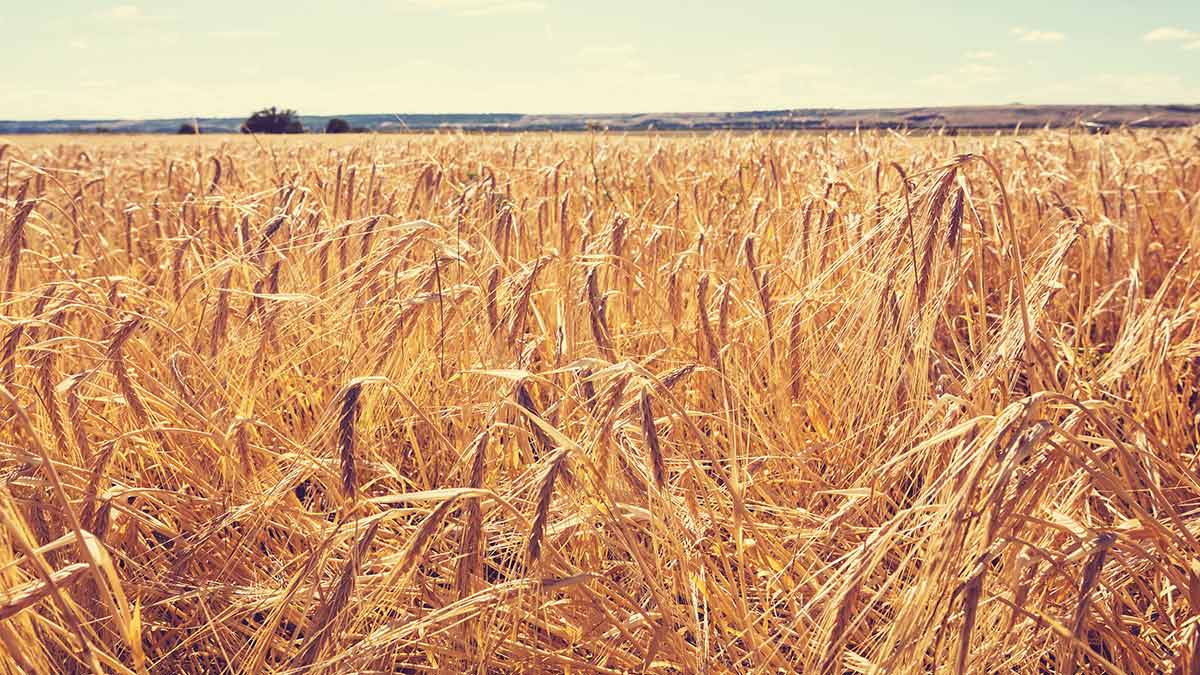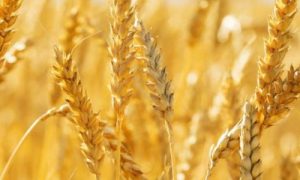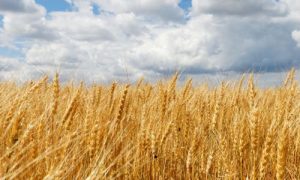Wheat planting completed in 96% area

New Delhi: The Agriculture Ministry reports that 96% of the seasonal area for winter crops, including 29.2 million hectares for wheat, has been sown—2% above average and 7.7% higher than last year. Despite concerns over late sowing, the Indian Institute of Wheat and Barley Research indicates favourable conditions in northern India. With robust planting, rabi crops cover 91% of the seasonal area; pulses are up 11%, oilseeds 1.7%, but rice planting is down 27%. Farm incomes are strained amid falling prices, impacting crops like pulses and horticulture.
New Delhi: As the window for sowing winter crops nears its end, the planting of wheat has been completed in 96% of the seasonal area, according to data released by the agriculture ministry on Friday.
At 29.2 million hectares, the area sown with wheat is 2% more than what is usually sown by this time of the year and 7.7% more than last year, according to the ministry.
Despite concerns that late sowing may affect yields, according to the Indian Institute of Wheat and Barley Research (IIWBR), Karnal, the crop situation is good.
“We are looking at a good harvest as climatic conditions are favourable to the crop in northern India,” said G.P. Singh, director of IIWBR, adding, “traditionally farmers in western Uttar Pradesh sow wheat late after harvesting sugarcane.”
Singh further said minimum temperatures have not shot up this year and area under wheat will likely increase by 1 to 1.5 million hectares compared to last year, when a widespread drought led to delayed and lower sowing.
“The risk factor is that higher temperatures in February-March during the grain formation stage may affect yields,” he added.
It is widely feared that late sowing due to the cash crunch following demonetisation last month might affect the quality of India’s spring harvest as farmers struggled to arrange inputs like seeds and fertilizers.
A robust wheat crop in 2017 will come as a relief to the government as retail prices are rising and public stocks are at decadal lows. Earlier this month, the Centre abolished the import duty on wheat to cool domestic prices, raising doubts on the farm ministry’s robust estimates for the crop harvested in April this year.
Overall, the data released on Friday shows that rabi crops have been planted in 58.3 million hectares so far, or 91% of the seasonal area.
While planting of pulses is 11% more than the five-year average, area under oilseeds is 1.7% higher. Planting of rice—a minor winter crop accounting for less than 10% of area—is 27% less than normal so far, due to lower sowing in southern states like Tamil Nadu and Kerala, the data shows.
The higher-than-average planting during the winter crop season comes despite the severe dent in farm incomes due to lower crop prices, both for perishable horticulture crops and foodgrains like pulses, which have dipped below government-announced support prices.

















